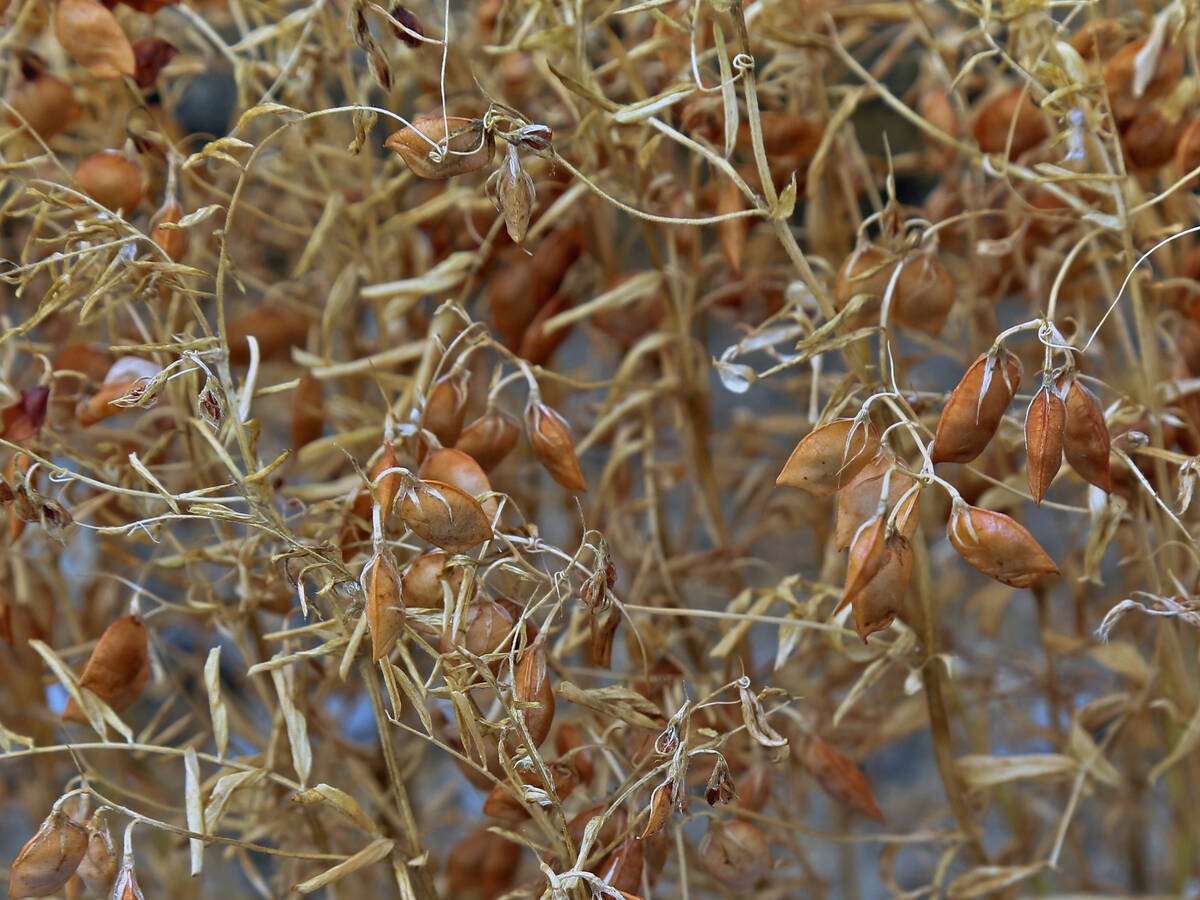WHISTLER, B.C. — Canada’s lentil crop is big and likely to get even larger as the year unfolds, say traders and analysts.
Marlene Boersch, owner of Mercantile Consulting Venture, is forecasting 2.75 million tonnes of production based on her average yield estimate of 1,385 pounds per acre, which she acknowledged is likely at the low end of the spectrum.
Other coverage from the 2025 Pulse and Special Crops Convention:
- Chickpea harvest forecasts see big disparity
- VIDEO: 2025 pulse and special crops convention kicks off in Whistler
- High pea yields shock farmers
- Working groups established to address challenges in the containerized and bulk movement of commodities
- Geopolitics can change trade routes
- U.S. market can’t easily be replaced
Her fellow lentil outlook panelists at the 2025 Pulse and Special Crops Convention certainly thought it will come in higher than that.
Read Also

Farming Smarter to hold Agronomy Battles series
Southern Alberta non-profit research institute hope grassroots sessions with producers help focus future research on cover crops, strip tillage and herbicide resistance
Jay Paskaruk, division head, North American sales and marketing, with AGT Foods, thinks yields could match the 2013 record of 1,850 lb.
“The price trend and the demand is showing you that the crop is pretty big,” he said.
Elyce Simpson Fraser, president of Simpson Seeds, thinks yields for reds and small greens could top 2013, although large green lentils did not fare as well.
As well, the quality is good. Many in the industry thought the rain would result in a bunch of No. 3s, but the crop is No. 2 or better for the most part.
It is usually a struggle to find No. 1 large green lentils, but this year she estimates that 12 to 15 per cent is No. 1 compared to five to eight per cent in a normal year.
“Some of those markets that like that good No. 1 quality are actually going to have an opportunity to have that this year,” Simpson Fraser said.
Boersch’s forecast of 2.7 million tonnes of production is up from 2.4 million tonnes last year.
The estimated breakdown is 1.46 million tonnes of reds, 835,000 tonnes of medium and large greens and 393,000 tonnes of small greens.
Total supply will be 3.6 million tonnes, but again, that is using a conservative yield estimate.
Ending stocks are forecast at 914,246 tonnes, up from 549,000 tonnes for the crop year that just finished.
The breakdown is 339,351 tonnes of reds, 319,155 tonnes of medium and large greens and 249,132 tonnes of small greens, which would be a “healthy” carryout of greens. The outlook is a little tighter for reds.
Exports for the 2024-25 crop year were a disappointing 1.84 million tonnes. They “imploded” from February onward.
India, Turkey and the United Arab Emirates accounted for 57 per cent of total export volume.
Boersch warned that Canada is losing its competitiveness in key export markets. Its share of the Indian market fell to 49 per cent for the first five months of 2025 compared to 82 per cent for all of 2019.
Its share of the Turkish market plunged to 47 per cent during the first six months of 2025 compared to 82 per cent for all of 2020.
Canada is losing ground to Australia, Russia and Kazakhstan.
Australia is forecast to produce 1.7 million tonnes of lentils in 2025, up from 1.29 million tonnes last year.
Production in Russia and Kazakhstan is forecast to reach 500,000 tonnes, up from 390,000 tonnes.
“We can expect increased competition both on the green and red lentil side from the Black Sea this year,” said Boersch.
Scott Arnold, senior merchandiser with Bunge, said Canadian growers are not willing to sell at today’s prices.
He believes red lentil prices have bottomed out because farmers have already sold all their extra bushels.
Paskaruk said there was a lot of movement off the combine, but it has since slowed.
The last half of the marketing year will depend on the Australian harvest and whether growers in that country are willing sellers, as well as India’s weather conditions.
This year is a bit of a wake-up call for Russia and Kazakhstan because Canada has competitive prices. Black Sea lentils are usually priced $20 to $30 per tonne less than Canadian product.
However, transit times for containers have become a “killer,” he said. It is taking 120 to 130 days to get product to the Indian Subcontinent when it used to take 40 to 50 days.
















